Actively working to improve your retention rate is the difference between growing your SaaS company and running it into the ground.
Most SaaS companies consider customer acquisition to be the best solution for growth, so they focus all their efforts on it, disregarding customer retention in the process.
As much as 70% of SaaS founders state that customer acquisition is their biggest goal, with only 20% choosing to focus on customer retention instead.
However, actively trying to improve your retention rate can mean the difference between growing your company and running it into the ground. The CRM giant Salesforce dealt with this in 2005 after realizing that they were losing almost ¾ of their customers every year.
By focusing on acquiring new customers, they were not giving enough attention to their existing ones, leading to a monthly churn rate of 8%. This was making it very hard for Salesforce to grow. After changing their focus to improving retention, they were able to accelerate growth.
Salesforce’s example isn’t the only proof of the importance of working on your company’s user retention rate. It’s been shown that improving retention rate by 5% can increase profit by as much as 95%.
It’s clear that working on your customer retention rate is crucial for growing your SaaS company.
Let’s look at the specific strategies that you can use to improve retention rate.
“Spend a lot of time talking to customers face to face. You’d be amazed how many companies don’t listen to their customers.”
Tip 1
Reevaluate Your Value Proposition.
The first step to improving your retention rate is to understand why your customers become customers in the first place. This entails taking an in-depth look at your value proposition.
Examine your initial value proposition and see if you’ve moved away from it in one way or another. If you have, try steering your messaging and offering back so that you can provide the same value you promised customers when they signed up.

Source: slack.com
If you haven’t moved away from your initial value proposition and you’re still not satisfied with your retention rate, you might need to modify your proposition to keep your customers with you for longer.
Think about the exact problems your SaaS solves and the people you solve them for, and try to understand if there’s something more you could be doing for your customers.
Are there any other companies that are solving the same problems as you are? What makes you different?
If there’s something that differentiates you from your competitors, make that clear in your messaging, including your website and email copy.
“There is a big difference between a satisfied customer and a loyal customer.”
Shep Hyken
Tip 2
Revise Your Pricing
Your pricing might be influencing your retention rate, but not in the way you think.
While there’ll always be a few customers that will abandon you to move to a cheaper option, those are not the types of customers you should be trying to attract anyway.
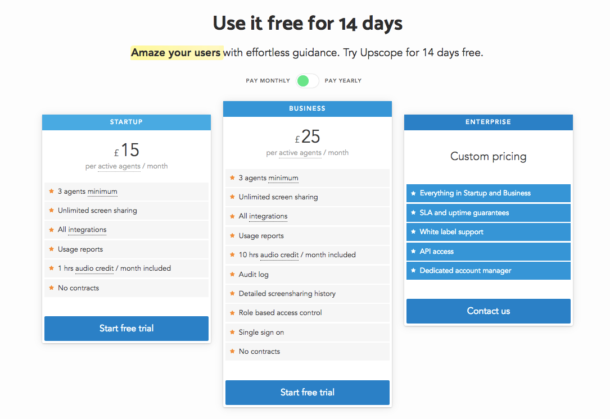
Contrary to popular opinion, increasing your prices might be just the thing you need to improve retention rate.
A higher-priced product is often perceived as being of greater value. Spending more money on a product also increases the likelihood of your customers actually taking the time to use the product and experiencing all the value it provides.
By increasing the price of your product, you’ll be improving customer engagement, which is the first step to getting better retention rates.
“Good customer service costs less than bad customer service.”
Sally Gronow
Tip 3
Optimize Your Onboarding Process
Your onboarding process is a crucial part of the overall feel your product provides. It’s an important factor in determining how likely you’re to keep your customers for the long term.
When looking to optimize your onboarding process, you should focus on getting the customer to experience value as soon as possible. If customers are able to realize the value your product provides from day one, they are more likely to stay with you longer.
If customers’ goals can’t be achieved quickly, you need to break them down into milestones, with each milestone providing distinct value to the customer. This will show customers that you have a clear plan for helping them achieve their goals, as well as help them be patient while waiting to achieve their end goal.
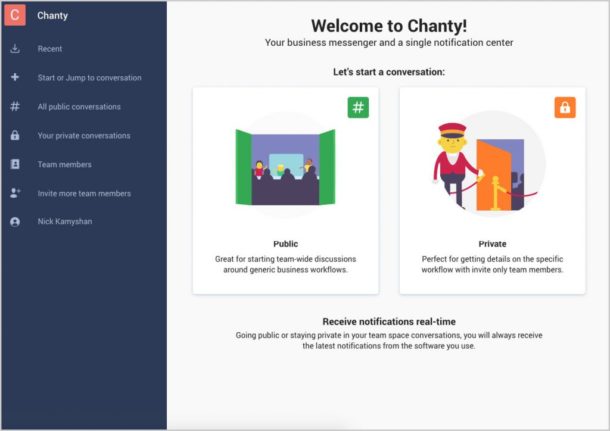
It’s important not to overwhelm customers during the onboarding process. You don’t have to teach them about all the possible features of your product. Focus on the most important ones or those that are the most likely to be valued by your customers. This can be done through short instructional videos or an introductory email sequence.
The educational resources you create should be focused on the customers’ first steps and show them how to configure and use your product to achieve their goals.
The simpler your product is to use, the easier it will be to onboard customers, so working on simplifying your offering is crucial for being able to develop an effective onboarding process.
Keep in mind that customers might have different perceptions of value based on why they’re using your product. This means that you might need to create a number of different onboarding processes.
Don’t fall into the trap of trying to create a universal onboarding process that would work for all customer groups because you’ll only end up with something that doesn’t really work for anyone.
“In the world of Internet Customer Service, it’s important to remember your competitor is only one mouse click away.”
Doug Warner
Tip 4
Set User Expectations
One of the main reasons customers leave is because their expectations weren’t met. You might think that there’s nothing you can do about this and that every person will have different expectations.
However, you can actually help set customer expectations by telling prospects exactly what they can expect once they become customers. It’s important that you don’t promise anything you can’t actually deliver.
Start by finding out what your customers want to achieve by using your product and then give them an idea of what can be realistically achieved in a given timeframe.
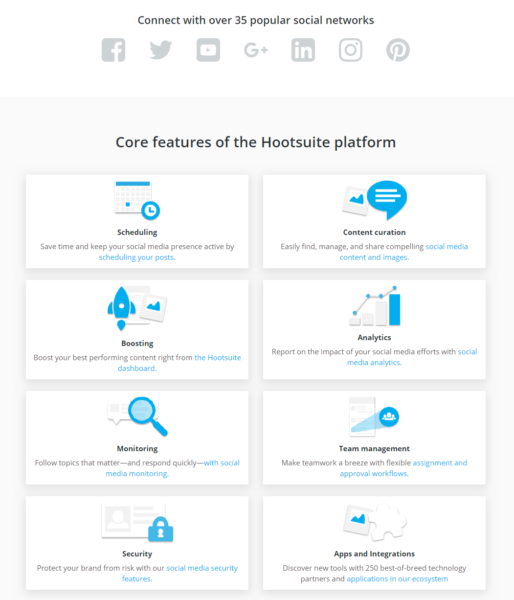
By making sure to be completely transparent with your customers from the beginning, you’ll be avoiding a lot of problems in the future. Being honest will also help to build trust and make customers more confident about working with you.
When setting expectations, it’s always better to underpromise and then overdeliver. If you can provide customers with much more than you initially promised, they’ll be delighted and more likely to stay customers.
“The key is to set realistic customer expectations, and then not to just meet them, but to exceed them — preferably in unexpected and helpful ways.”
Richard Branson
Tip 5
Provide Excellent Customer Service For Retention
SaaS customer service is an integral part of the experience customers have while using your product. This makes it crucial that you do your best to provide excellent customer service and show customers that you are dedicated to making them successful and satisfied.
Focus on providing an immediate response with the help of live chat and make sure to give customers multiple options of reaching you, including by phone and email. After fixing a customer’s issue, work on addressing its cause to prevent it from happening again.
Make your support links and forms easy to find. If possible, categorize common customer issues and create dedicated departments to deal with them.
With as much as 67% of users preferring self-service support instead of talking to a company representative, it would be wise also to create an FAQ and a help center to allow customers to find answers to their questions themselves.
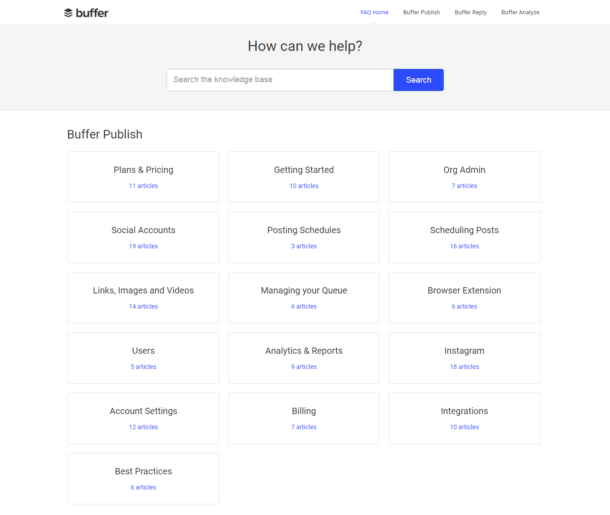
“The purpose of a business is to create a customer who creates customers.”
Shiv Singh
Tip 6
Ask Users For Feedback
Customer feedback is crucial for making any kind of improvements to your business. This is especially true for improving your retention rate.
Ask customers about what kind of changes and new features they’d like to see. When customers offer their own suggestions, they are actively investing themselves in your company and its well-being. This gives them a sense of ownership and helps to create a more meaningful relationship between you and your customers.
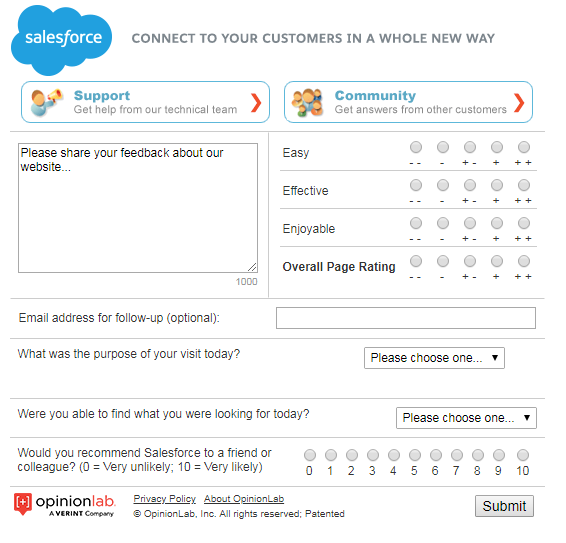
Since feedback is so important for improving your retention rate, you need to actively seek it. A small suggestion form or button in the corner of your website won’t be enough. Make your feedback form a prominent part of your website and actively seek feedback in other places.
Ask your social media followers for suggestions and email your newsletter subscribers to ask if there are any specific improvements they’d like to see.
“You don’t earn loyalty in a day. You earn loyalty day-by-day.”
Jeffrey Gitomer
Tip 7
Communicate With Users Regularly
You should strive to have regular communication with your customers via email, phone, or social media. This will show customers that you are always thinking about them and are determined to see them succeed.
Decide on a frequency (weekly, monthly, or quarterly), create a communication schedule, and stick to it. If necessary, create different schedules for different customer groups. Your enterprise clients will obviously require a different frequency and schedule compared to your smaller accounts.
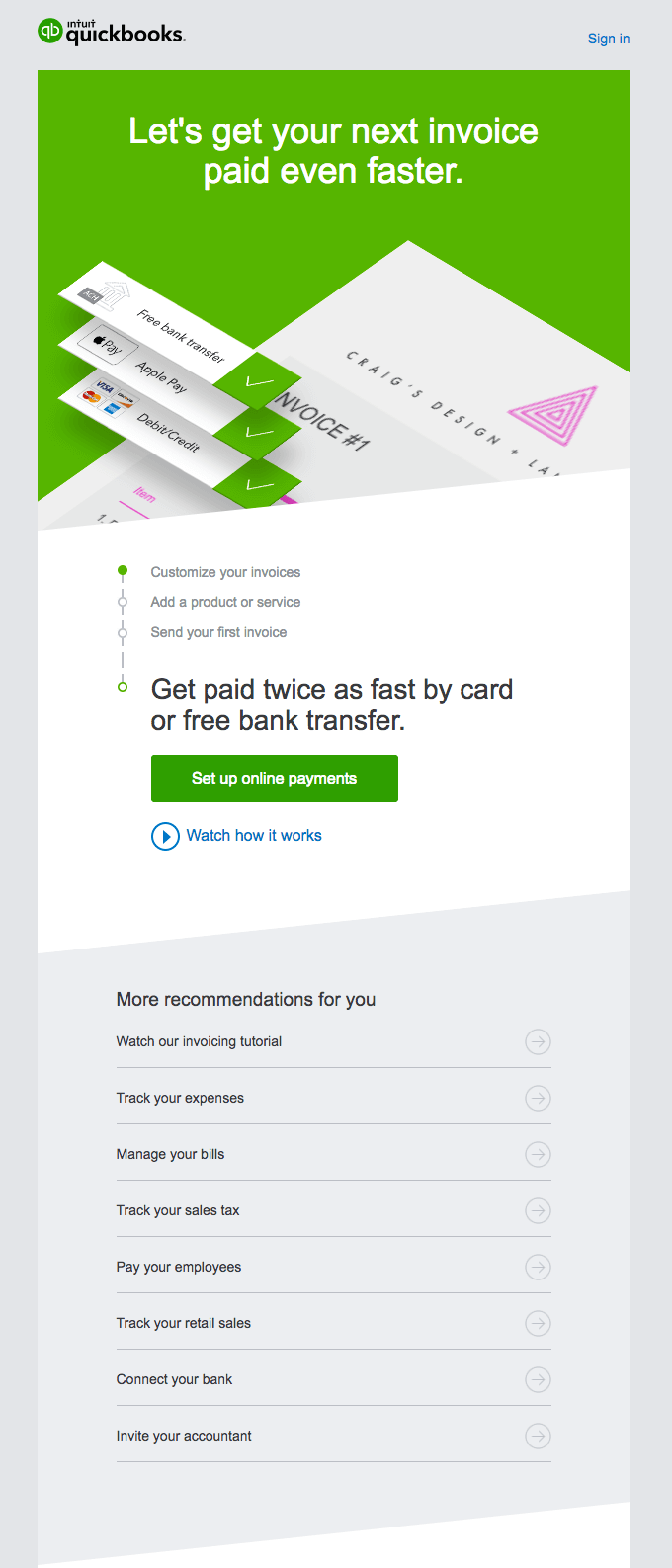
Staying in touch with your customers on a regular basis will not only help you develop a stronger relationship with them but will also allow you to gain valuable insights that you might not have learned otherwise.
Keep in mind that some of your customers won’t need or want regular communication and will prefer using your help center and other resources you might have available. Once you find out who these customers are, don’t force them to communicate with you regularly, but rather adapt to their preferences.
“Here is a powerful yet simple rule. Always give people more than they expect to get.”,
Nelson Boswell
Tip 8
Rightsize The Package
Upselling is the process of influencing a customer to upgrade their existing subscription to a more expensive one. It can be as much as ten times cheaper to upsell an existing customer than to acquire a new one.
Upselling doesn’t simply help you increase your customers’ lifetime value. It also enables you to engage your customers more and provide them with additional value, both of which serve to create a stronger bond between your customers and your company, improving the chances that they’ll stay with you longer.
One of the best ways to improve your upselling strategy is to track how customers are using your product and identify features which are most likely to present a challenge to customers that are using a lower tier of your product. Once you identify these features, base your higher pricing tiers on providing customers with more value around these features.
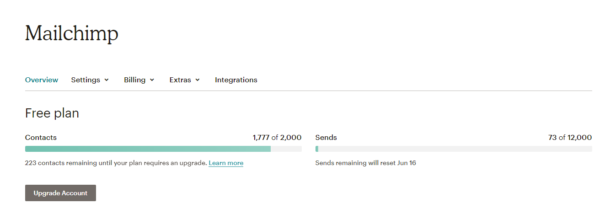
Design your product in such a way that customers are always discovering new features. Keep these additional features available only on higher tiers.
Remember to make it easy for customers to upgrade. Don’t force them to have to contact someone at your company to complete the upgrade, but rather allow them to upgrade their subscription themselves whenever they want.
“Merely satisfying customers will not be enough to earn their loyalty. Instead, they must experience exceptional service worthy of their repeat business and referral. Understand the factors that drive this customer revolution.”
Rick Tate
Tip 9
Create A Loyalty Program
Everyone likes to be appreciated. A great way to show appreciation for your customers is to reward them through a loyalty program.
A loyalty program can do wonders for improving retention rates for your SaaS. Companies often shy away from creating a loyalty program because it can seem like a complicated thing to do. However, a simple loyalty program featuring rewards such as discounts, gift cards, and freebies is more than enough to engage a large part of your user base.
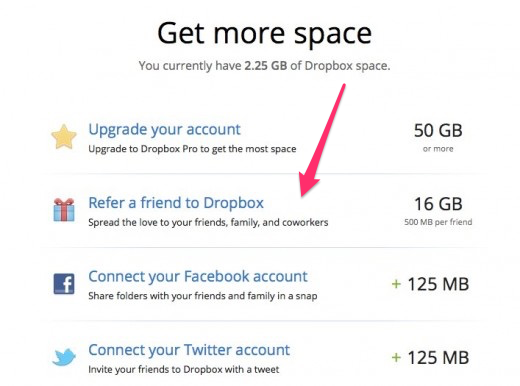
While your rewards don’t have to be expensive, they do need to be valuable to your customers. Some of the rewards should also be easy to attain; otherwise, your customers will get frustrated.
Don’t make the mistake of overcomplicating the rules and conditions of your loyalty program since you’ll likely significantly reduce the number of customers willing to participate.
If you’d like to take it a step further, devise a way to gamify your loyalty program by including goals, fun challenges, and competitions.
“Your most unhappy customers are your greatest source of learning.”
Bill Gates
Tip 10
Make Surveys Simple
While surveys can be a great way to gather more information about how your product and service are perceived, they can also annoy your customers and negatively influence your retention rate.
Here’s an example:
A customer is having an issue with your product and is frustrated because of it. They reach out to your support team. After some back-and-forth, the support team manages to solve the customer’s problem.
Even though the customer was initially frustrated, they are now relieved. All they want to do now is get back to doing what they were doing before the issue interrupted them, but they can’t. Why not?
Because you immediately push a survey in front of them, either by displaying it on their screen after a live chat support session or by sending them an email after closing their support ticket. This makes it seem as if you care more about gathering data rather than making your customers happy.
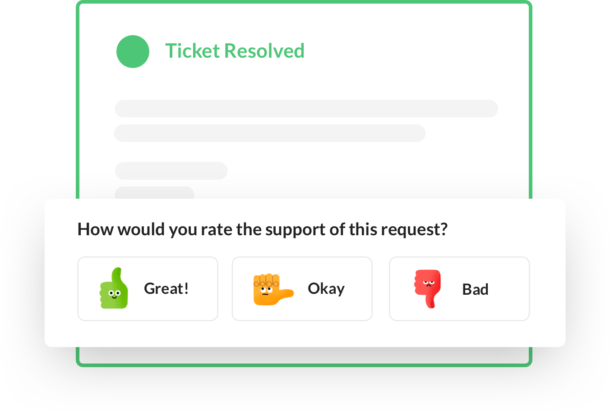
Filling out a survey is the last thing customers want to do at that moment, so don’t force them to do it. You’ll only risk having them get frustrated with your company even more.
“Don’t find customers for your products, find products for your customers.”
Seth Godin
Tip 11
Educate Your SaaS Customers
One of the best ways to build a deeper relationship with your customers is to educate them on topics they care about and help them solve their pain points and challenges.
By educating your customers, you won’t be just creating a more meaningful relationship with them, but will also increase the chances of them reaching their goals and experiencing all the value and benefits that your product can provide.
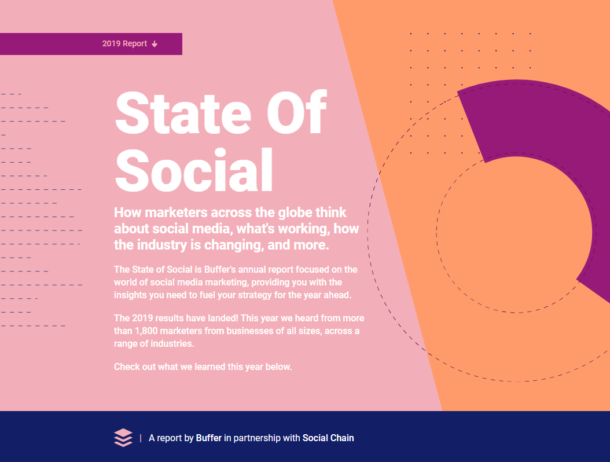
You can produce educational content in a wide variety of forms, including:
- Blog posts
- Videos
- Ebooks
- Webinars
- Email courses
“The customer experience is the next competitive battleground.”
Jerry Gregoire
Tip 12
Create A Customer Retention Team
The best way to improve customer retention, if you have the resources for it, is to create a customer retention team.
This team would consist of employees whose sole job is to work on improving your SaaS’ retention rate by analyzing churn rates, regularly communicating with clients, implementing new retention techniques, and finding ways to reduce customer churn.
Having a dedicated customer retention team allows you to be proactive about improving retention, rather than waiting for problems to arise and then trying to deal with them.
You can take this idea a step further by assigning a retention specialist to each of your customers. This person’s job would be to make sure that the specific customer they’ve been assigned to stays happy with your product and remains a customer for as long as possible.
This can be a very effective strategy for companies that focus on providing great service to a small number of high-value customers.
“We see our customers as invited guests to a party, and we are the hosts. It’s our job every day to make every important aspect of the customer experience a little bit better.”
Jeff Bezos
Tip 13
Implement Exit Interviews
Don’t get frustrated when you lose customers. Treat it as a learning experience instead.
No matter what you do, some customers will leave, and there won’t be a way for you to change their mind. What you can do, however, is find out why they decided to leave and use that information to improve your product and your customer service.

Note that some customers will be so frustrated that they won’t want to talk with you about what bothered them. Ask unsatisfied customers if they would be willing to tell you about what bothered them about your product, and then follow up with those that are interested in talking with you.
By understanding what makes customers decide to stop using your product and acting upon that information, you’ll be able to improve the overall experience for your existing and future customers, thus effectively increasing retention rate.
“Revolve your world around the customer and more customers will revolve around you.”
Heather Williams
Summary
Boost Your SaaS Retention Rate And Get More Renewals
Improving customer retention rate is crucial for growing your SaaS company. While there are a wide variety of strategies you can use to improve retention rate, most companies should start by reevaluating their value proposition and their pricing strategy.
The onboarding process and customer service are other important segments that should be reexamined and improved. With most customers leaving because their expectations weren’t met, it’s also important to set expectations early and be completely transparent with your customers to avoid future problems.
Strive to communicate regularly with your customers and seek feedback that you can use to improve your product and your customer service.
Devise an upselling strategy that will allow you to upsell specific segments of your user base predictably. Consider creating a loyalty program to reward your faithful customers. Avoid annoying them with unnecessary surveys.
If you have the resources to do it, create a dedicated retention team that will ensure that your customers stay happy and reach their goals.
Finally, take the time to interview customers that decide to cancel their subscription and find out what issues they were having. Make sure to address those issues as soon as possible to prevent losing more customers.
